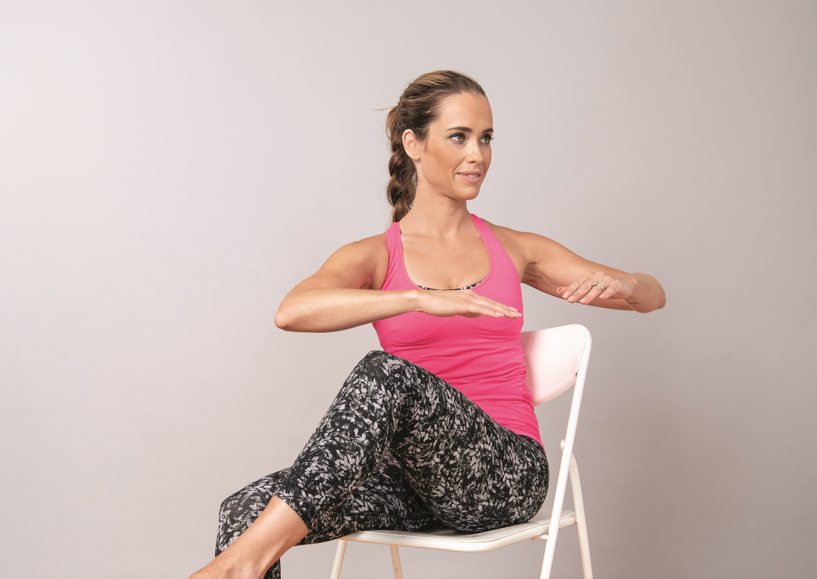Even with regular exercise, too much sitting can harm your health
With so much time on our hands these days, it’s no surprise that many are binge-watching new shows on Netflix or Amazon Prime. Whether it’s TV or that novel you’re finally catching up on, you may have noticed that your body begins to get sore after so many hours of sitting still, or that you have tension headaches and pain in your jaw.
The effects of being inactive all of a sudden may be noticeable fairly quickly. Some people can develop disc pathologies in the neck or lower back, tennis elbow, or tension and inflammation in the hips, according to Harvard Medical School.
Persistent inactivity is more serious, however, and linked with obesity, diabetes, cancer, and cardiovascular disease, according to a meta-analysis on sedentary behaviour published in 2015. Participants who sat for several hours each day while offsetting those hours with physical activity tended to see fewer health problems, the study in the Annals of Internal Medicine found, but those who were consistently active saw the best results.
While the right balance between how much time you ought to spend sitting and being active remains uncertain, researchers concluded by recommending no more than two to three hours of inactivity in a 12-hour day. They also recommended getting up to stretch or engage in another activity for each half hour spent sitting down.
“Avoiding sedentary time and getting regular exercise are both important for improving your health and survival,” said Dr. David Alter at the time, a scientist with Toronto Rehab, University Health Network, and one of the study’s authors. “It is not good enough to exercise for 30 minutes a day and be sedentary for 23 and half hours.”
A 2018 study found that prolonged sitting can affect your memory, as well. MRIs on 35 participants found that those who sat the most had thinning in areas of the brain that are key to memory formation. Those who offset those hours sitting with exercise, even high intensity workouts, still experienced thinning in those areas of the brain.
Photo: iStock/cyano66.






